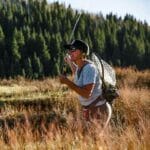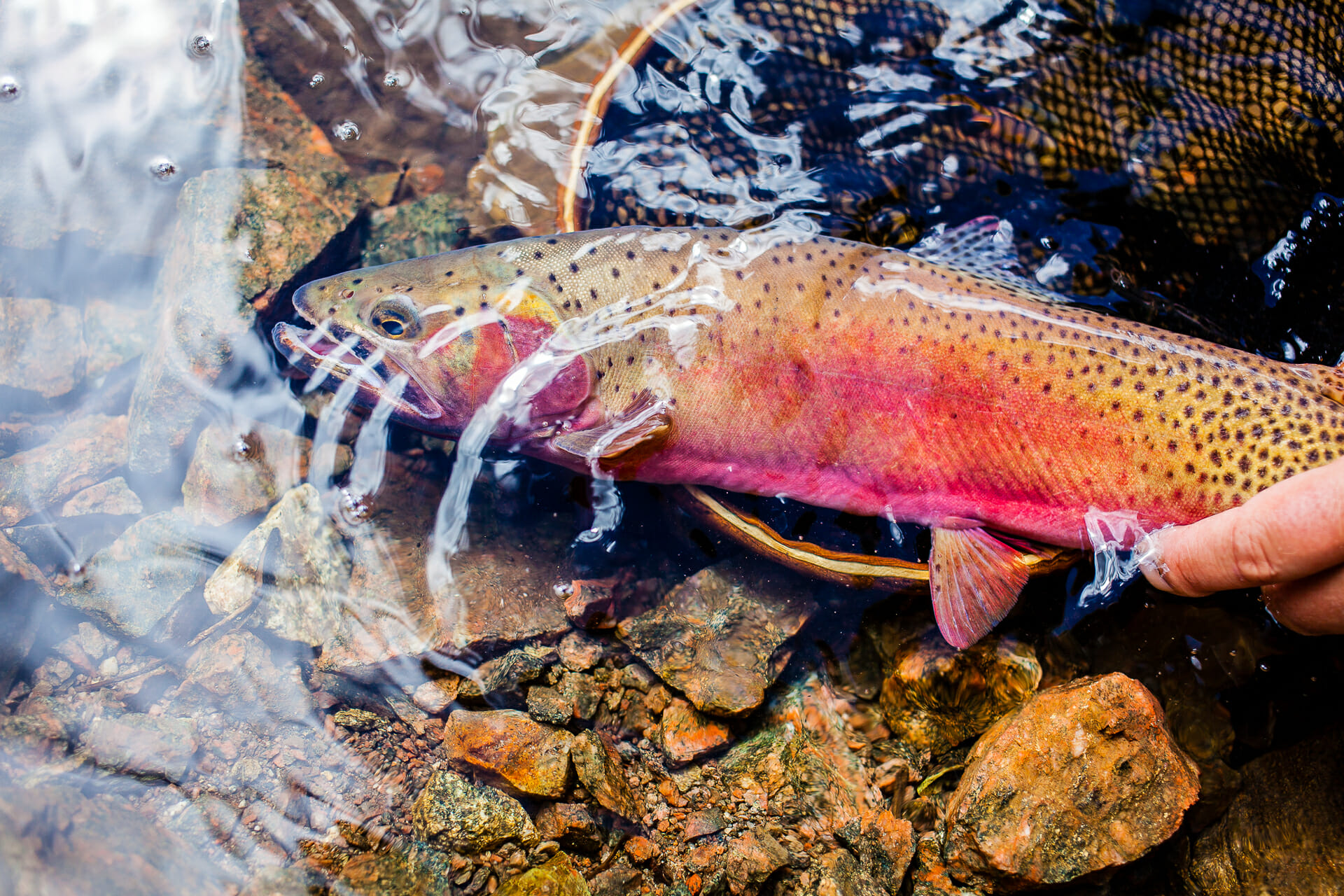To conclude our Western Water 101 series, I talked with a few of our staff working on projects in the Colorado River Basin about fishing conditions and what anglers can do to help protect our beloved trout.
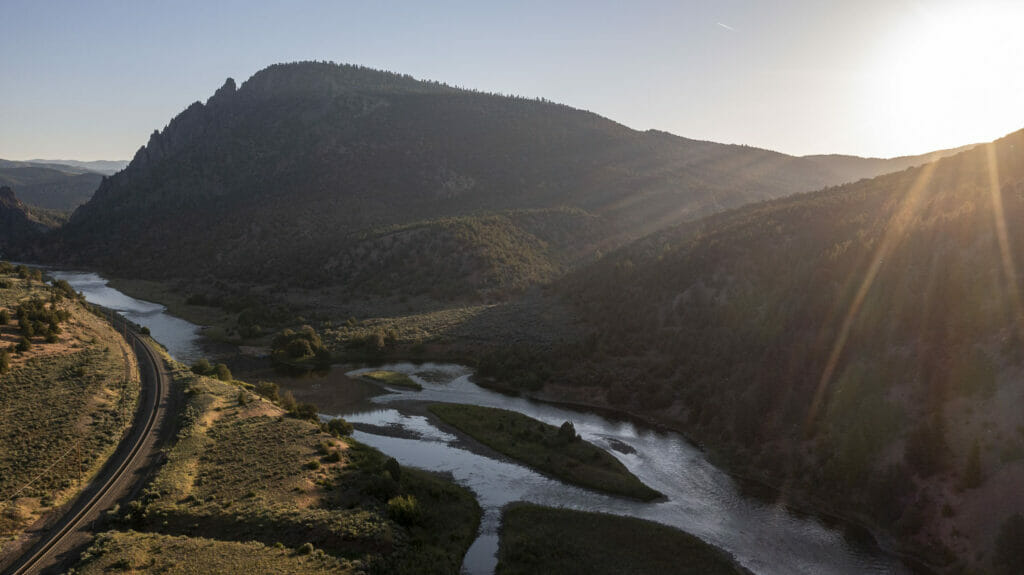
Each installment of Western Water 101 will be accompanied by a podcast, released weekly. Find the sixth episode below, and subscribe to get each new episode as it’s released.
Colorado: Drew Peternell, Colorado Water Project director
State of the hydrology
In early June, Colorado Parks & Wildlife closed the tailwater fishery on the Yampa River below Stagecoach Reservoir because of low flows and warm temperatures. Normally, low flow/warm temperatures aren’t a concern until late summer.
I anticipate seeing more closures or at least warnings about fishing only in the mornings and evenings to come out soon.
Projects undertaken or in the works to help drought
While current conditions are discouraging, TU has been working for years in the Colorado River basin to make streams more resilient to low flows and warm temperatures.
We have developed countless projects that narrow and deepen the stream channel, creating refuge for fish. A few examples that come to mind are Milk Creek and Elkhead Creek in the Yampa basin and the Fraser Flats project in the upper Colorado.
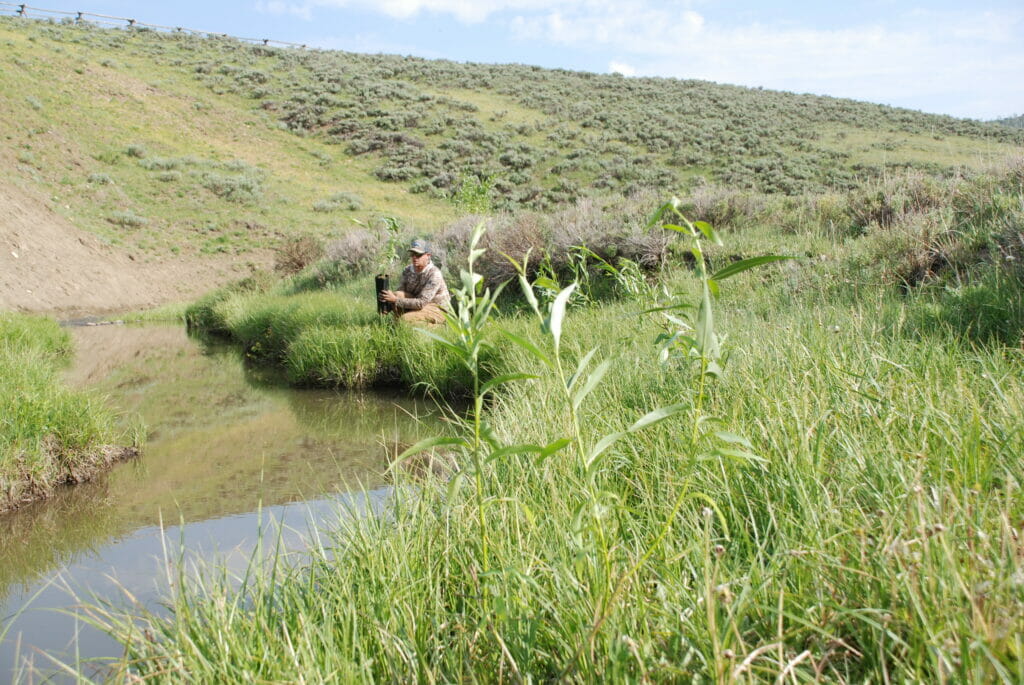
We are also working with irrigators across western Colorado this summer to implement temporary fallowing arrangements, under which we compensate the farmer or rancher for voluntarily electing to forego water diversions in order to bolster stream flows when fish need them most.
Utah: Jordan Nielson, Price River project manager
State of the hydrology
The current hydrology is already affecting the fishing dramatically here. The Utah Division of Wildlife Resources recently lifted harvest restrictions on many of its reservoirs in anticipation of water temperatures increasing too much and levels getting too low to support trout populations.
There are diversions on pretty much every stream in Utah and water is being pulled at the highest rate allowable to support people and crops. We’re seeing streams left with little or no water in them below some diversions. That makes for tough fishing in the streams.
Projects undertaken or in the works to help drought
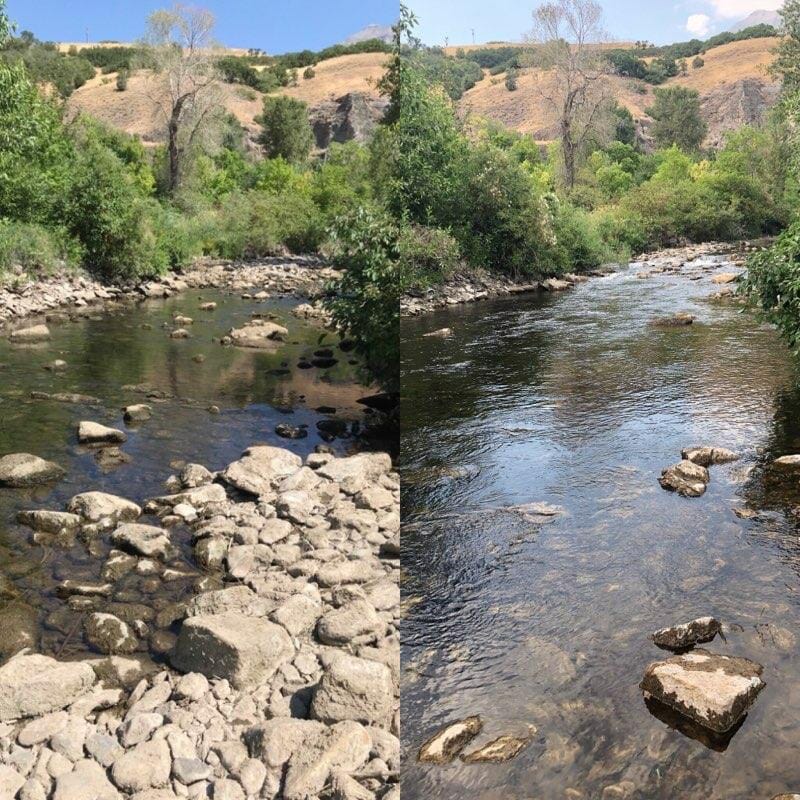
The Provo River Instream flow project aims to keep more water in fishable stretches throughout the year that would have been dried up by diversions. Through incredible partnerships, this is now a realization.
Water banking in Utah is giving farmers and conservation minded organizations the opportunity to interact in a water marketplace where we have the potential to lease water for short terms to keep it in stream.
All of these types of projects are developing more quickly now with the higher demand on the limited water resources we have and its creating a renewed environment of innovation around water management in Utah.
Fishing advice and recommendations
Go fish those reservoirs. It’s better for them to be on your table than to die because they ran out of oxygen.
Go fish where you know the water will be cold enough for trout to survive angling pressure–––high-elevation fisheries or tailwaters are good options.
Check the temperature of the water. We recommend fishing only when less than 70 degrees for brown trout and even colder for rainbow and cutthroat trout.
Most hatches are starting two weeks earlier than normal, so be observant when you go out as things have changed since year’s past.
Keep buying fishing licenses to help fund the agencies responsible for keeping our fishing waters in good shape even through drought.
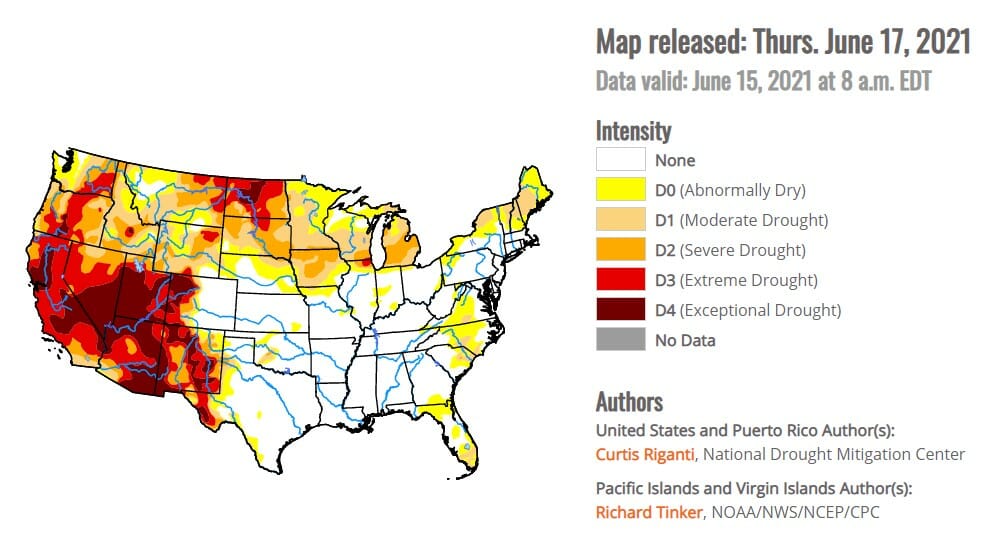
Across the West: Scott Yates, director of the Western Water and Habitat Program
I will say that western states, without consistent rain and a breather from the heat, we will all be batting around creative strategies to insulate trout fisheries. Fish managers will likely include outreach to anglers and in some states very specific, and enforceable, “hoot owl” restrictions that will limit times (generally to early morning or later in the evening) when people can fish.
As Drew emphasizes, and suffice to say, much of our program work around the west, especially the flow and restoration work, is designed to make rivers and streams more resilient in the face of bad hydrology, short- and long-term drought, and climate change. We will continue to do our work on-the-ground and keep praying for rain.


